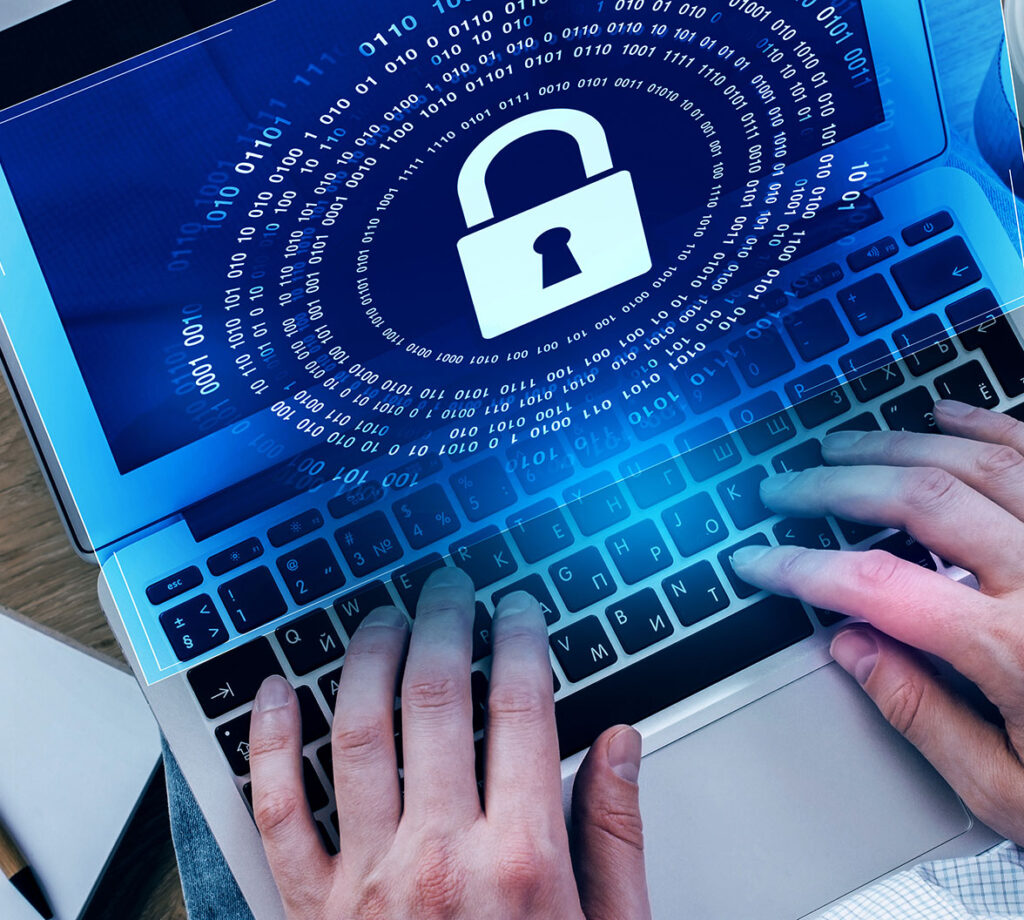From emails and bank accounts to photos and passwords, our digital lives hold a treasure trove of personal information. But in a world of increasing cyber threats, how safe is your data really? Learning how to protect your data online is no longer optional—it’s essential.
Whether you’re browsing casually or managing sensitive information, this guide will arm you with practical, easy-to-implement strategies to shield your online life from prying eyes.
Understanding the Risks of Online Data Exposure
Hackers and cybercriminals are after:
-
Passwords and login credentials
-
Financial data and credit card info
-
Personal identification like Social Security Numbers
-
Private communications and files
One data breach could lead to identity theft, financial loss, or permanent damage to your online reputation.
Your data is valuable—treat it that way.
Use Strong, Unique Passwords for Every Account
Never reuse passwords across sites. If one is breached, all others become vulnerable. Use:
-
At least 12 characters
-
A mix of letters, numbers, and symbols
-
Avoid names, birthdays, and common words
Think of passwords as digital locks. Make them tough to crack.
Enable Two-Factor Authentication (2FA)
2FA adds a second layer of security, requiring a code or app verification in addition to your password.
Even if someone steals your login credentials, they can’t access your account without that second step.
Double locks = double safety.
Be Cautious with Public Wi-Fi
Free Wi-Fi is a hacker’s playground. Avoid accessing sensitive accounts while connected to:
-
Airports
-
Coffee shops
-
Hotels
Unless you’re using a VPN, your data could be intercepted.
Don’t exchange security for convenience.
Keep Your Devices and Software Updated
Software updates include security patches that fix vulnerabilities. Outdated systems are open doors for cybercriminals.
Set your devices to auto-update and never delay critical patches.
Install Trusted Antivirus and Anti-Malware Tools
These programs act as digital bodyguards, scanning for malicious files, phishing attempts, and other threats.
Some top-rated tools:
-
Norton
-
Bitdefender
-
Malwarebytes
Protection starts with prevention.
Limit the Personal Information You Share
Avoid oversharing online. Details like:
-
Your address
-
Phone number
-
Travel plans
-
Work location
Can be used for identity theft or social engineering attacks.
Privacy starts with discretion.
Use a VPN for Online Privacy
A Virtual Private Network (VPN) encrypts your internet traffic, masking your IP address and protecting your activity from snoopers.
It’s a must-have tool for safe browsing, especially on public networks.
Beware of Phishing Emails and Scams
Phishing emails try to trick you into revealing sensitive info. Look out for:
-
Urgent requests
-
Misspellings or strange URLs
-
Unexpected attachments
When in doubt, don’t click. Verify the source first.
Use Secure and Encrypted Websites Only
Always check for HTTPS in the URL—especially when entering payment details or passwords.
The “S” stands for secure.
No padlock = no protection.
Adjust Your Social Media Privacy Settings
Your social media profiles hold a goldmine of data. Limit who can:
-
See your posts
-
Send friend requests
-
Tag you in photos
Customize your settings to control your digital footprint.
Avoid Clicking Suspicious Links or Downloads
If a link looks shady, it probably is. Even trusted contacts can unknowingly forward infected links.
When in doubt, delete the message or scan the file before opening.
Back Up Your Data Regularly
Use cloud storage or external drives to back up:
-
Documents
-
Photos
-
Work files
If you’re hit by ransomware or hardware failure, your data stays safe and recoverable.
Use Password Managers
Password managers generate and store complex, unique passwords for every account.
Top options include:
-
LastPass
-
1Password
-
Bitwarden
Let technology handle the heavy lifting—securely.
Secure Your Home Wi-Fi Network
Change the default network name and admin credentials. Enable WPA3 encryption if available.
A weak Wi-Fi password can let intruders into your entire digital life.
Review App Permissions
Apps often request access to contacts, location, microphone, and more. Deny unnecessary permissions and regularly review your settings.
Think twice before giving apps free reign.
Educate Yourself and Others
Cyber threats evolve—so should your knowledge. Stay updated on:
-
New scam techniques
-
Data breaches
-
Security best practices
Share what you learn with family and coworkers to create a safer digital environment for all.
What to Do If Your Data Is Compromised
Act fast:
-
Change your passwords immediately
-
Enable 2FA on all important accounts
-
Alert your bank and monitor for suspicious activity
-
Report to the appropriate authorities
Early action minimizes damage.


